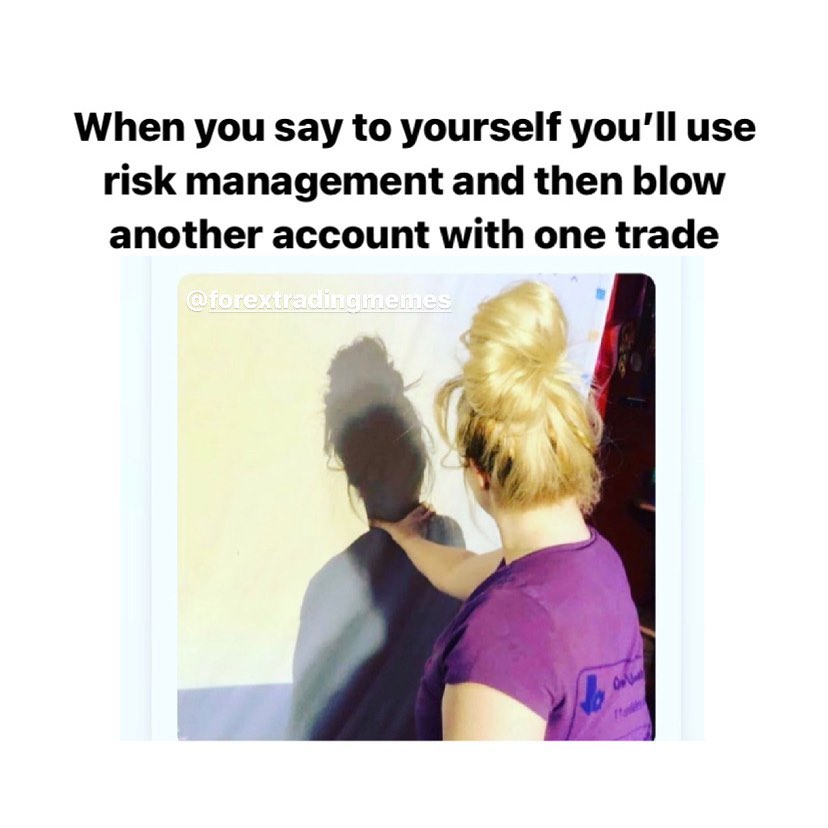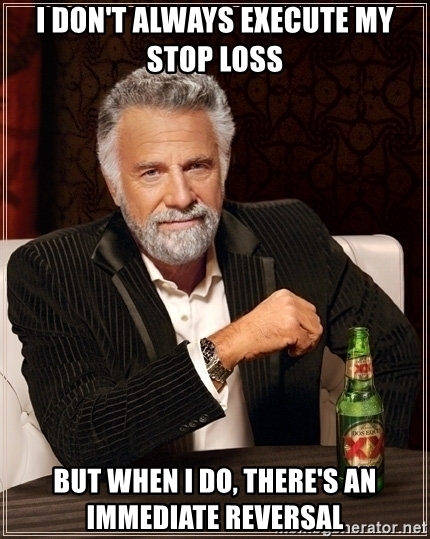There are a lot of things that distinguish successful traders from bad traders. One of them is surely the ability to add to “winners”.
The common attitude towards profitable trades is to close them too early: this instinct is not very convenient and it often means missed opportunities and gains.
Increasing the position size of a trade that has been demonstrated to be right can maximize the related profits, as long as it is done wisely and efficiently.
If you struggle with the idea of adding to a winner, this is the right article for you: we will analyze the reasons why it is so difficult, and how to make the most out of profitable opportunities.
Why do people never add to winners?
Whenever trading meets commonality, there will be no positive outcomes. People with common weaknesses and qualities are often not able to add to winners.
Your first goal should be to dissociate yourself from the common people environment.
It is a difficult thing to do because it needs a very solid background of knowledge and confidence over the market; most importantly, the trader has to be very controlled about his emotions.
They can block the trader when he needs to take action over a profitable trade, or when he doesn’t need to touch it. Being a victim of emotional impulses while deciding whether to close the trade or to increase its position size ultimately leads to a bad decision.
Are you already starting to get what’s the main cause of why people can’t add to winning trades?
It shouldn’t be a surprise that the cause is FEAR.
Fear is ever-mentioned because it truly is the source of all the weaknesses of mankind.
There are two main reasons why traders never add to winning positions and close them too early:
• Fear of losing unrealized profits
• Fear of turning red
Let’s briefly break down each point.
1. Fear of losing unrealized profits
This happens because the majority of traders get used to LOSSES and accept PROFITS.
Getting used to losses leads you to keep making losses and maintaining them when you shouldn’t; moreover, it emotionally forces you to expect a red position to turn green, and the result can often be adding to a loser.
Accepting profits causes you to close them early because you perceive them as blessings and you become scared of losing them.
2. Fear of turning red
This happens when one is not enough sure of his entry points.
Having entered at an uncomfortable level and having opened the position imperfectly, the majority of traders can’t rely on their entries, ending up being scared of turning the trade into a loss.
The approach of the successful trader
The successful trader represents the exact opposite of what is been described above. He gets used to PROFITS and accepts LOSSES.
Write this sentence down, stick it to your wall or do whatever thing you need to imprint it in your mind — let it become your motto, your ideal.
Getting used to profits leads the successful trader to keep making profits and maintaining them when he should; moreover, it generates a rightful instinct of blocking the development of red, negative positions.
Accepting losses causes him to cut them early; he acknowledges them as natural occurrences, but at the same time he wants to limit their impact to not more than the natural necessity.
Moreover, the successful trader is not scared of turning red, because he calculates very precisely his entries.
He is also very disciplined about stop-losses: they represent the risk, and he knows there is always a component of risk.
Therefore, the stop-loss represents, de facto, the natural and necessary amount of risk.
Lastly, his trading is not meant to go against universal laws and to pretend that risk doesn’t exist; He embraces them in his favor and maximizes his profits while maintaining his risk well-controlled.

Two main methods to add to winners
Adding to a winner needs various confirmation of strength by the trend. The trade must be showing confidence on continuation, before making any decision in this matter.
Another VERY important thing to keep in mind is the risk factor: it has to remain as much close as possible to the original; perfection is reached when the risk doesn’t change until the very end of the trade.
There are two main ways to efficiently add capital to profitable positions:
1. Straight adding
By straight adding, you use the same amount of capital for each entry, ending up with X positions with equal or approximately equal size. This technique requires high precision in each entry, and stop-losses must be relatively tighter to prevent increasing the risk.
2. Pyramidal Adding
By pyramidal adding, each new position is smaller than the previous one. The first is the largest. This method also requires precision, but the risk is more controllable since the new capital is increasingly minor to the original trade and you have more freedom putting the stop-loss.
4 Utmost Factors To Consider
Regardless of which method you want to approach, there are four UNAVOIDABLE factors that you must consider in the process. These will give you straightforward control over the situation.
1. Getting a perfect entry
People constantly repeat that you can’t be precise in trading, because the market is unpredictable.
That is FALSE.
A trader NEEDS to be precise in trading. The less precise he is, the more risk he takes.
To minimize the possibility of turning red and to impede emotions from finding fertile ground, learn how to be perfect in finding your entry points. When you will have acquired this capability, it will be substantially easier for you to maintain the same risk as you add positions.
Moreover, you will have started a profitable trade regardless of whether you’re going to add to it or not.
Well begun is half done.
2. Timing the adds right
Don’t just add randomly because your trade is winning; as you’ve been precise in your first entry, you have to know exactly where you’re going to place your adds. Don’t rush on them.
The best moments to time the adds are at the end of the corrective waves of the trend. If you’re able to catch that very moment, well done with your learning process.
Otherwise, start to consider your entry just when the correction happens: verify that it is actually a temporary break of momentum and that the trend has not been inverted, then enter your new position at a confidence level.
If there are no signs of correction and you’re both good and brave enough, you can try to ride the main wave of the trend. However, this is very risky, so be extremely careful to calculate resistances and sustainments over the charts.
But generally, it is not wise to place an entry when the price is running if you’re not confident on where it is going to stop.
3. Maintaining the same original risk
This is the second major purpose of your adding strategy. You want your risk to stay the same as your first entry, therefore you must be sure that every new entry is not increasing the risk of the total trade.
To maintain the original risk, your potential loss must not exceed the calculated loss of your first entry. In the case of adding to winners, you must instead try to never risk more than the profits you’re making.
In simple words, your initial capital must be untouched, and a part of your profits must function as an edge over your potential losses.
This can be obtained by wise usage of stop-losses and by being precise in choosing the entry levels. Pyramidal adding is known to be very helpful in maintaining the original risk.
4. Putting your stop-loss efficiently
Stop-losses are crucial when adding to winning positions: they make sure that you eventually end the trade still in profit.
Move up your stops each time you put a new entry and set them as your strategy suggests. They must protect your main capital, but also the profits you’ve made with the earlier entries.
Don’t bother about your stop losses being triggered; remember that if your strategy is truly efficient, those are just healthy losses and you are proceeding with discipline and knowledge of the facts.
Furthermore, if you have been smart with your stop-losses, you have managed to make good profits anyway.

In conclusion
Adding to winning trades is a powerful habit for successful traders. It requires overcoming the weaknesses that prevent people to take full advantage of their opportunities.
Fear is in fact the most common and most prominent attribute of humans, and adding to winners means being fearless, thanks to the confidence and the discipline over one’s trading.
Regardless of using “straight adding” or “pyramidal adding”, the successful trader relies on important factors that define his process and that ensure his profits without increasing his risk, but at the same time taking advantage of the potential.
In trading, it is important to know how to be right and when to compound this rightness.
Everything described in this article has the sole purpose of being informative and providing general information. The author has no intention of providing any financial advice, legal advice, or tax advice. Do not rely on this article to make investment decisions. Seek professional help before making any such decision. The author does not take any responsibility for loss or damage of any nature. The use you make of the information contained in this article is your sole responsibility.
